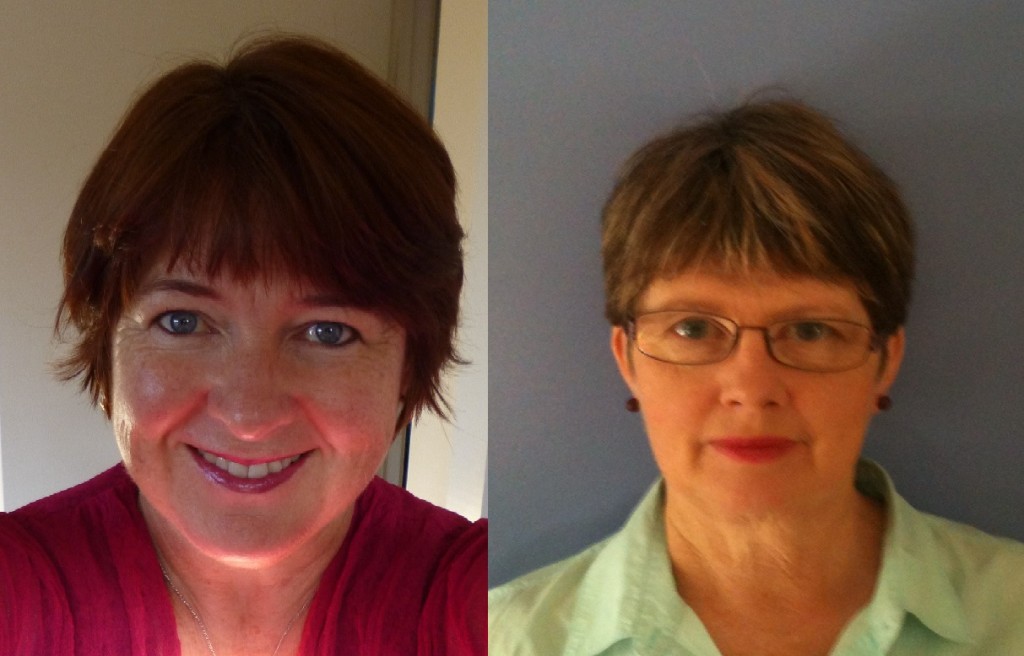This is the second in a three-part series of blog posts featuring student voice and their reflection on their PYP learning experiences. This post reflects on the comments of PYP students from Melbourne, Australia.
In May 2014, Dr. Grette Toner and Sandra Paton met with over 100 students from PYP schools in Melbourne, Australia. These semi-formal discussions were intended to canvass the views of students on learning in the PYP to ensure that their thoughts and ideas were given due consideration in the review process.
Each group of students was asked several guiding questions related to aspects of their learning. Their responses were recorded, summarized and grouped into the themes and issues set out below.
What are we learning?
It was fascinating to hear the students talk about the content knowledge learned in school, and many of them stated that they felt very knowledgeable. When asked how the PYP was helping them to prepare for the future, responses indicated that they felt they were learning everything they needed to know.
They could describe in detail what they were learning about in their transdisciplinary or single-subject units of inquiry. They also discussed how their learning helped them develop mathematics and literacy skills.
When asked what they would like to learn more of, a number of students nominated discipline-based learning such as science, geography, languages or history. There are a number of ways this response could be interpreted. Taken at face value, it could simply mean they want more subject-based learning.
Alternatively, it could be that they equate learning with disciplines or that they do not realise they are learning discipline-based content in transdisciplinary units of inquiry.
How do we learn?
Some students commented on how they learn (e.g. strategies and skills) and how they felt about their learning (e.g. attitudes and dispositions). They were able to describe a range of strategies they use to help them learn, like when they have friends and teachers to help them or people to work with. Students also commented on a range of strategies, such as thinking routines, deliberate practice, or pausing and revisiting later.
A number of students commented on enjoying their learning most when they can engage practically with it through role plays, being able to use their creative side, or just simply “having a go” at it. Some referred to appreciating the social nature of their learning, and the importance of student/teacher and peer relationships.
Well-being
Students often identified PYP attitudes and IB learner profile attributes as part of their learning. Several students commented on this particularly in relation to the question of how PYP prepares them for the future. They felt learning in the PYP was giving them the right principles, helping them set goals, and teaching them about life skills, as well as learning the standard academic subjects.
Active Learners
Students made connections between learning and the use of practical, interactive, hands-on activities to help them to make connections to the real world by, for example, going on excursions and performing experiments.
One student expressed concern that as he moved up through the school, there was more emphasis on written assessments than performance assessments, suggesting that summative assessment on practical modeling was more engaging than written reflections.
The element of choice was seen as a significant indicator of students leading their learning. They enjoy having control over how they learn – being able to pursue their interests and decide how they present their work was important to them.
Involvement in school-wide projects was seen as another avenue for student leadership, although this often revolved around student council activities where they might be involved in organising meetings and agendas, discussing rules, suggesting changes. Some suggestions by students for how this could be increased included encouraging more student-led teaching, collaborative learning (such as in the exhibition) and being allowed more independence.
Creativity
Although no direct question was asked around the concept of creativity, a number of student responses connected to it. There is an indication that they are aware of how they are learning and are encouraged to try new ways to learn. Students clearly described their processes of learning, including evidence of opportunities to learn in varied ways using different strategies or preferred learning styles. There was recognition too that learning is a bit of an ongoing experiment, where errors were a normal part of the process.
—
Sandra and Grette would like to express their heartfelt thanks to students and teachers from the following schools for their enthusiastic participation: Kororoit Creek Primary, Mount View Primary, Wesley College-Elsternwick Campus, Coatesville Primary, Fintona Junior School, Brighton Primary, Wesley College-Glen Waverley Campus, Murrumbeena Primary, Toorak College and Kunyung Primary.


I love all the ideas you can express in this pages. Congratulation for creating a learning enviroment in your school.
I would like to know if we can sahre ideas but in Spanish.
I am a Kinderganten teacher and the Director of a British Peruavian School in Lima, Perú.
Keep in touch,
Fiorella
It´s very important your information. I would like some suggestions to teach english ab initio.
thanks.
Hi, Emilio,
There are plenty of resources in the OCC and you can also join IB linkedIn groups to connect with other IB teachers. Good luck!
Kirsten, PYP curriculum manager